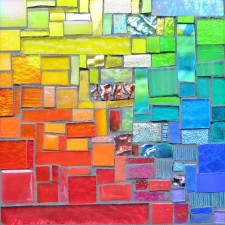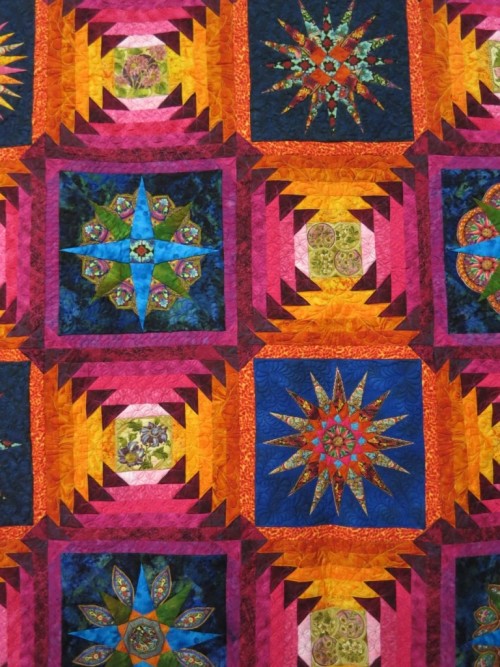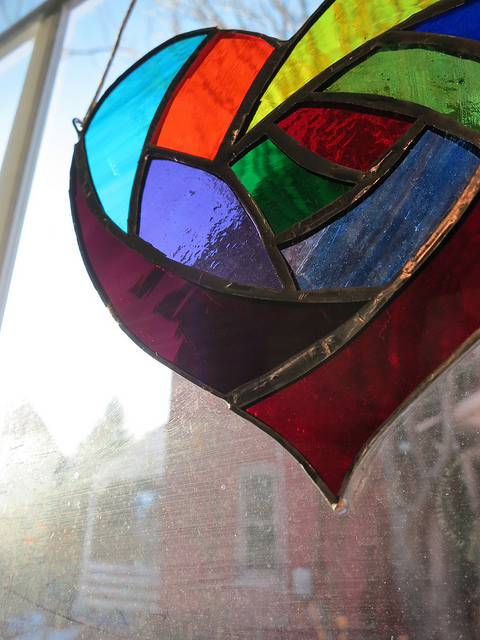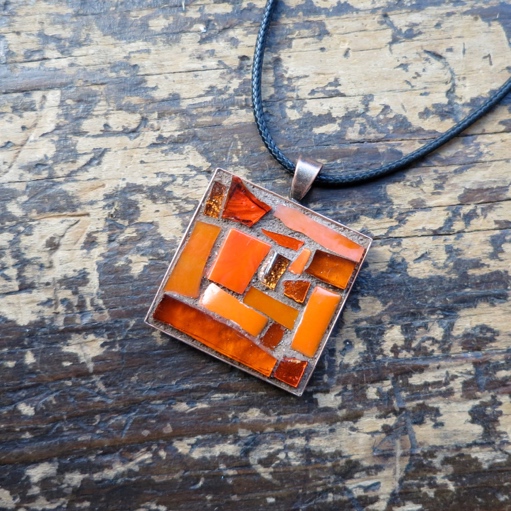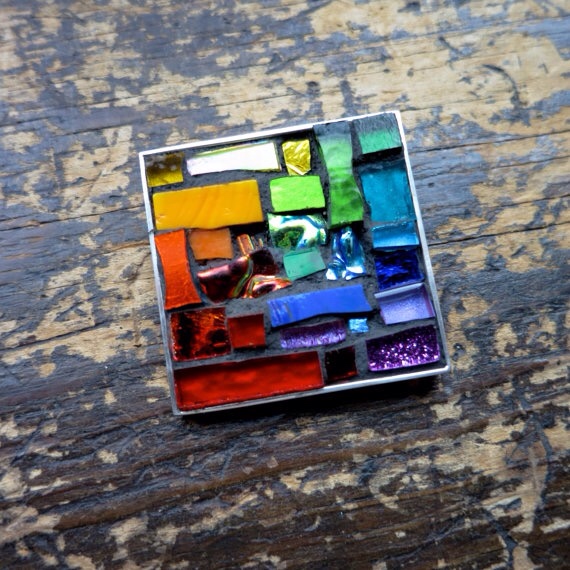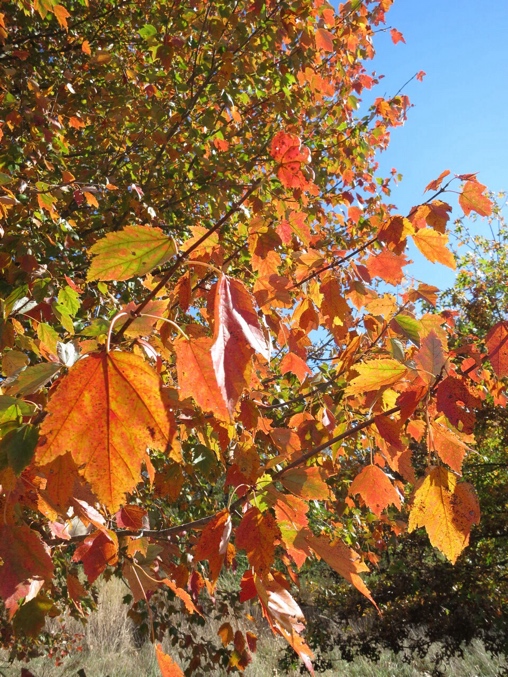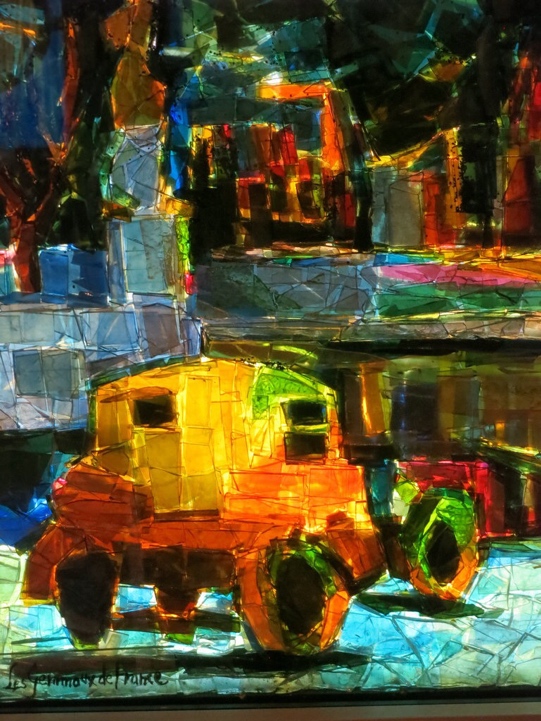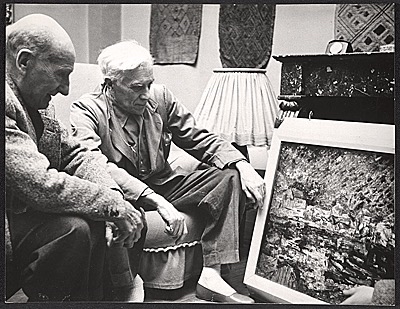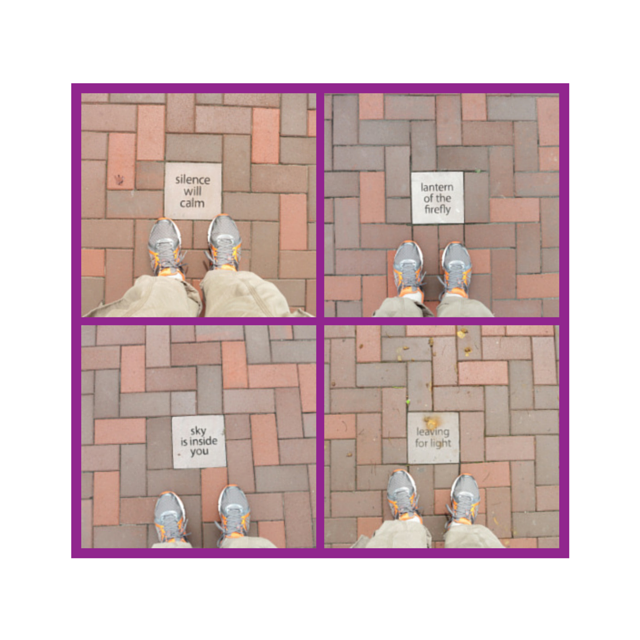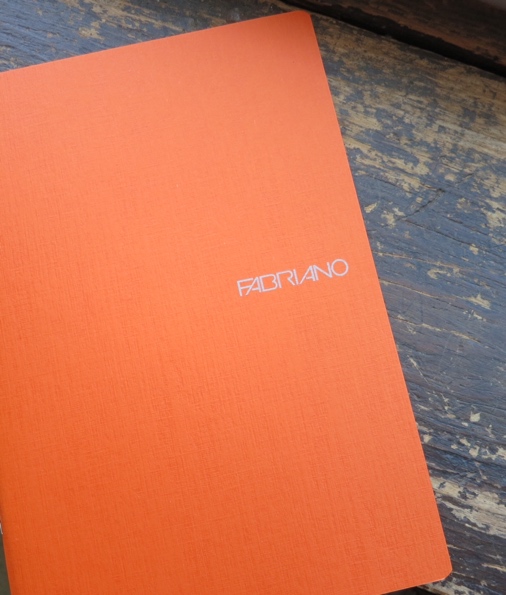
This orange notebook is my reward for getting my tax organizer to the accountant. I love the way the cover picks up different shades. In 2004, I took a drawing class at the community college, as part of my year of experimenting with different mediums, on my way to making mosaics. I was one of those “I can’t draw” people until I read Betty Edwards Drawing on the Right Side of the Brain, and that book gave me the courage to take a class.
I slowly stopped drawing as I became engrossed with mosaics, but I came across a book on Urban Sketching at the library, and suddenly I was ready to draw again. Then I heard Danny Gregory on NPR’s Here and Now, talking about drawing as a way to connect with your own creativity, and the present moment of your life in his book Art a Before Breakfast.
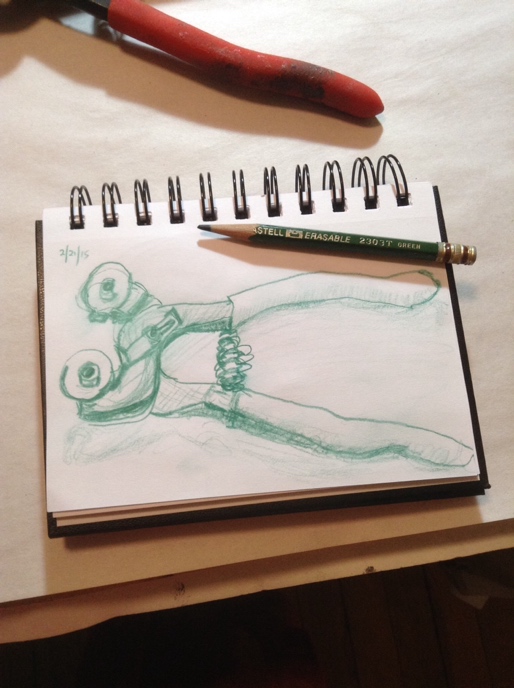
I have been sketching each day, and for those moments, I am practicing seeing what my subjects look like, not what I assume them to look like. I find my mind races ahead with judgements like, “Those wheels are perfectly round because wheels are round” or “This is too hard to draw.” It is a relief to go back to looking at what I am sketching, and follow the contours.
